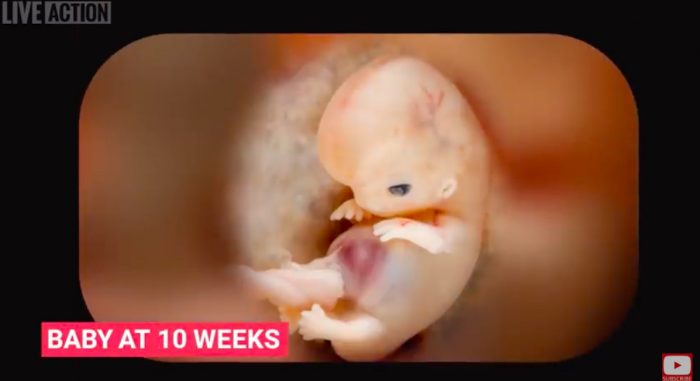In an article in People magazine, Lorijo Nerad, who was the president of Women Exploited by Abortion (WEBA) — an early group of post-abortive women who regretted their abortions — told her harrowing abortion story. Although the article is from 1985, many of the elements of Narad’s story echo more recent accounts from post-abortive women.
Nerad was 18 when she had her abortion. “If I knew what I know now, I never would have had my abortion,” she said. “I thought it was the only way out.” Nerad and her husband were poor, and they were pressured to abort by their welfare caseworker:
My husband was unemployed… and we were on welfare. The caseworker thought I was irresponsible. She called Planned Parenthood and made an appointment for me to have an abortion. I was scared to death they were going to cut off our payments.
Her husband wanted the abortion, but Nerad didn’t. He said, “Choose. It’s either me or the baby.” Nerad said she “felt trapped, scared, and alone.”
READ: Former Planned Parenthood worker: We ‘coerced’ and ‘lied to’ women so they would abort
Coerced abortions are common. For a 2013 study, women were asked whether they were “coerced or pressured into having the abortion,” and 48% of the women answered “yes.”1 Another study found that 64% of women having abortions were coerced.
Nerad was almost three months pregnant when she had her abortion, and her child was fully formed, with arms, legs, fingers, and toes. But the abortion facility deceived her:
I was given a pamphlet that showed a drawing of a little blob of jelly inside of a womb and I thought, “Oh great, that’s what it looks like. I’ll go for that.” They didn’t inform me of the development of the child, and there was no discussion about the emotional or psychological problems.

Screenshot
Nerad isn’t alone in being deceived by an abortion facility.
In an amicus curiae brief submitted by the Justice Foundation in the Supreme Court case Whole Woman’s Health vs. Hellerstedt, 3,348 post-abortive women gave first-hand accounts of how they were deceived by abortion facilities.
Nerad describes her traumatic abortion:
My obstetrician did the abortion in the hospital. I had no anesthesia, no local, no tranquilizers. I lay there on the table and cried. A sheet was draped across me, and the doctor wiped pieces of the baby on it.
But the worst was yet to come:
Two weeks later I was in severe pain, just horrible. I went to the bathroom and there, in the toilet paper in my hand was my baby’s head — a little bit smaller than a golf ball and all black and tarry. They hadn’t removed it during the abortion. I called the doctor, and he said it was normal, throw it away, no big deal.
Retained fetal parts are, of course, not normal and can result in life-threatening infection for the mother. Lied to about fetal development, Nerad was shocked and traumatized after seeing her baby’s head.
In 2020, former abortion worker Mayra Rodriguez revealed that an abortionist she worked for left the head of a baby inside a woman, and only took the woman back into surgery to remove it when Rodriguez insisted.
Although Nerad told her story decades ago, the things she recounted are still happening to women in abortion facilities today.
-
Jessica Stanton “Protecting Women and Girls from Coerced Abortions” The American FeministFall/Winter 2016
“Like” Live Action News on Facebook for more pro-life news and commentary!







